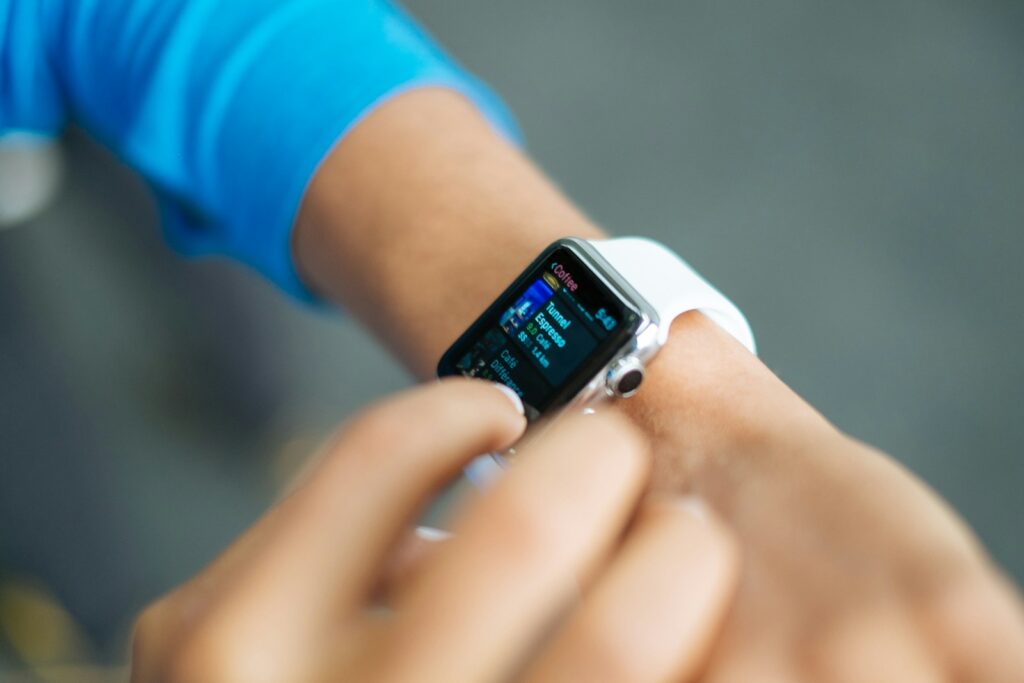Kids love their devices, but parents often worry about too much screen time or unsafe apps. You’ll be relieved to know that parental controls are built into most phones, tablets, and streaming platforms. They’re designed to help you set healthy limits without needing to be a tech expert.
Setting Screen Time Limits
Excessive screen time can impact sleep, concentration, and family balance. Luckily, both Apple and Android devices have simple tools to set daily limits. On iPhones and iPads, the “Screen Time” feature lets you control how long kids can use apps or the device overall. On Android, “Digital Wellbeing” offers similar controls.
You can also set “downtime” hours, like during homework or bedtime, so the device automatically locks certain apps. These features let kids enjoy their devices without overusing them.
For guidance on managing family entertainment costs, see Which Streaming Plan Actually Saves You Money?
Managing Apps and Purchases
App stores are filled with content, but not all of it is suitable for children. On both Apple and Google devices, you can restrict which apps kids can download and even require your approval before they make purchases. This prevents surprise charges from games or subscriptions.
Streaming platforms like Netflix and Disney+ also offer child profiles that display age-appropriate content. Setting these up takes a few minutes, but it gives you peace of mind every time your child watches something.
Keeping Communication Safe
Messaging apps and social media are often where kids face risks. Many parental control tools allow you to limit or monitor who your child can communicate with. On phones, you can approve specific contacts for calls and texts. Some third-party apps offer more detailed monitoring, but even the built-in features can block strangers from reaching your child.
For younger kids, consider disabling social media entirely until they’re ready. This reduces exposure to online strangers and keeps communication within trusted circles.
If you want to better protect devices from risks, see Do You Actually Need a VPN?
Location and Tracking Features
Modern devices often come with location-sharing options that can be a helpful safety tool for families. With Apple’s “Find My” or Google’s “Family Link,” you can see where your child’s device is at any given time. This can be useful for coordinating pickups, ensuring they arrive home safely, or quickly locating a lost phone.
It’s essential to discuss with your child how and why location sharing is used. Framing it as a tool for safety rather than surveillance helps build trust. Kids are more likely to accept these features when they understand it’s for their protection, not control.
Building Healthy Tech Habits
Parental controls are most effective when paired with conversations about responsible technology use. Instead of focusing solely on restrictions, encourage kids to develop good digital habits, such as taking screen breaks, using devices in shared spaces, and asking questions about apps before downloading them.
By setting expectations early, kids learn to see technology as a tool rather than a distraction. Controls then become part of a bigger strategy for balance, teaching children how to manage their own screen time as they grow older and more independent.
For tips on balancing entertainment with productivity, see How to Pick the Right Tablet for Reading, Streaming, and Video Calls.
Key Takeaway
Parental controls aren’t about taking away fun. They’re about creating safe, balanced boundaries. By setting time limits, restricting downloads, and managing communication, you give your child the freedom to use technology safely while keeping their digital world age-appropriate.




